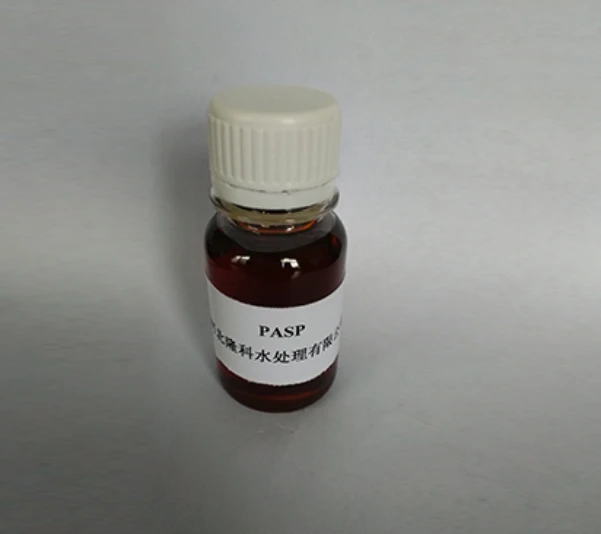polyacrylamide polymer
Understanding Polyacrylamide as a Polymer
Polyacrylamide is a versatile synthetic polymer that has gained significant attention in various industrial and scientific applications due to its unique properties. Comprised primarily of acrylamide monomers, it is widely recognized for its ability to form hydrogels and its excellent ability to absorb water, making it particularly useful in fields such as agriculture, wastewater treatment, and biomedical applications.
Chemical Structure and Properties
Polyacrylamide is formed through the polymerization of acrylamide, a compound that features both polar and nonpolar characteristics. The resulting polymer can vary in chain length and structure based on the degree of polymerization and the presence of cross-linking agents. This variability allows the creation of different types of polyacrylamides, which can be categorized into nonionic, anionic, and cationic types, depending on the functional groups attached to the polymer chain.
One of the most notable characteristics of polyacrylamide is its high degree of water solubility. This property is crucial for its application in hydrogels, which can retain large quantities of water, making them beneficial for soil conditioning and moisture retention in agricultural settings. Moreover, polyacrylamide can form a gel-like substance when cross-linked, enhancing its stability and structural integrity, which is why it is often used in biomedical applications for drug delivery systems.
Applications in Agriculture
In agriculture, polyacrylamide is employed primarily to improve soil quality and water retention. When added to soil, it helps to reduce erosion and improve the soil's capacity to hold water, which is particularly valuable in arid regions where water scarcity is a concern. The use of polyacrylamide in agriculture can lead to enhanced crop yields by ensuring that plants have a consistent supply of moisture, thereby promoting healthier growth.
Additionally, polyacrylamide can assist in reducing the leaching of nutrients from the soil. This is particularly beneficial in sustainable farming practices, where the goal is to minimize chemical inputs while maximizing output. By improving the soil's structure, polyacrylamide helps create a more favorable environment for root development, allowing for better nutrient absorption.
polyacrylamide polymer

Role in Wastewater Treatment
Another significant application of polyacrylamide is in the field of wastewater treatment. Its ability to flocculate (aggregate and settle solids) makes it an invaluable agent in clarifying water. When used in conjunction with other treatment processes, polyacrylamide aids in the removal of suspended particles, oils, and contaminants from wastewater.
The polymer's effectiveness in promoting sedimentation and filtration processes can lead to cleaner effluents and reduce the environmental impact of industrial discharges. Furthermore, polyacrylamide can help enhance the efficiency of sludge dewatering processes, which is increasingly important as industries strive to minimize waste and recycle more water in their operations.
Biomedical Applications
In the biomedical field, polyacrylamide is a key player in the preparation of hydrogels, which are used for various purposes, including drug delivery systems, wound dressings, and tissue engineering scaffolds. The tunable mechanical and chemical properties of polyacrylamide hydrogels allow for the customization of their characteristics based on specific medical requirements, such as the rate of drug release or the physical properties needed for tissue support.
Moreover, polyacrylamide gels serve as an excellent medium for electrophoresis, a laboratory technique used to separate and analyze macromolecules such as DNA and proteins. The gel matrix provides a controlled environment that facilitates the movement of charged particles through the gel, allowing for effective separation based on size and charge.
Conclusion
In summary, polyacrylamide is a remarkable polymer with a broad spectrum of applications that span agriculture, wastewater treatment, and biomedical fields. Its properties, such as water solubility, gel formation, and ability to flocculate, make it an invaluable tool in addressing various challenges across these industries. As research continues to explore further applications and enhancements of polyacrylamide, it is likely to play an even more critical role in technological advancements and sustainable practices in the future.
-
LK-319 Special Scale And Corrosion Inhibitor For Steel Plants: Advanced Solutions for Industrial Water SystemsNewsAug.22,2025
-
Flocculant Water Treatment: Essential Chemical Solutions for Purification ProcessesNewsAug.22,2025
-
Isothiazolinones: Versatile Microbial Control Agents for Industrial and Consumer ApplicationsNewsAug.22,2025
-
Scale Inhibitor: Key Solutions for Water System Scale PreventionNewsAug.22,2025
-
Organophosphonates: Versatile Scale Inhibitors for Industrial Water SystemsNewsAug.22,2025
-
Scale and Corrosion Inhibitor: Essential Chemical Solutions for Water System MaintenanceNewsAug.22,2025





